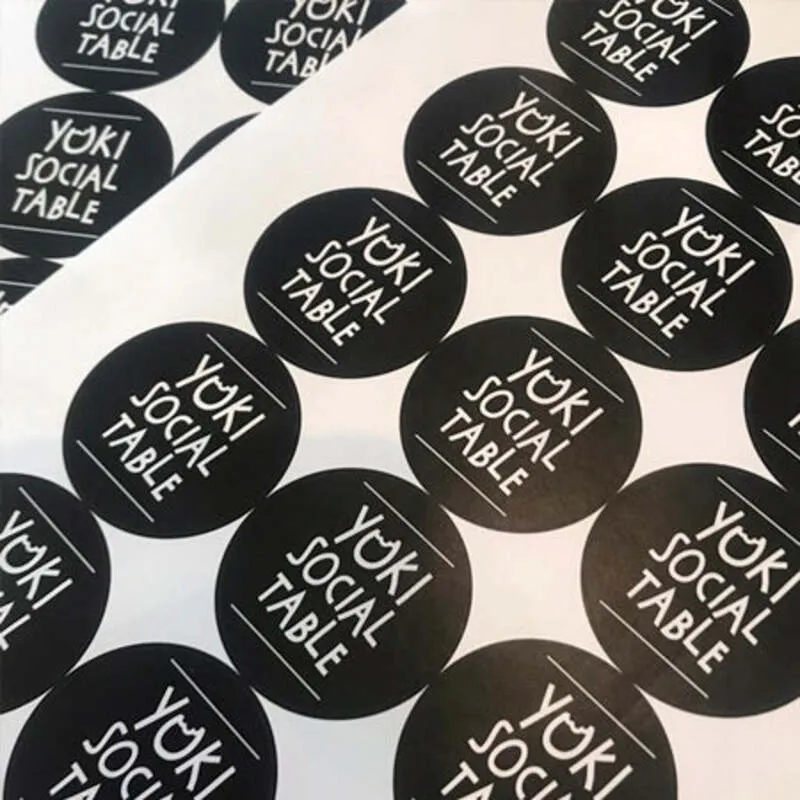The Rise of Biodegradable Food Packaging
In recent years, the world has witnessed a growing shift towards sustainability and environmentally friendly practices, and one of the most impactful developments in this arena is the rise of biodegradable food packaging
. Traditional packaging materials, primarily plastic, have contributed significantly to environmental degradation, leading to pollution, wildlife harm, and resource depletion. Biodegradable packaging offers a promising alternative, combining functionality with ecological responsibility.Biodegradable food packaging refers to materials that can break down naturally through the action of living organisms, primarily microorganisms, into non-toxic components. Unlike conventional plastics that can take hundreds of years to decompose, biodegradable options often return to the soil within months, significantly reducing waste in landfills and oceans. This shift not only addresses the urgent need to cut down on plastic waste but also promotes a circular economy, where materials are reused and repurposed rather than discarded.
Several materials are currently used to create biodegradable food packaging. One of the most common is polylactic acid (PLA), which is derived from renewable resources like cornstarch or sugarcane. PLA is used in a variety of products, such as containers, utensils, and films. Additionally, materials like paper, cardboard, and even mushroom mycelium have gained traction in the packaging industry due to their biodegradable properties. These materials often have lower environmental footprints compared to traditional packaging solutions, offering a sustainable way to meet the growing demand in the food industry.
biodegradable food packaging

The benefits of biodegradable packaging extend beyond environmental impact. For businesses, using biodegradable materials can enhance their brand image and appeal to eco-conscious consumers. As awareness of environmental issues increases, consumers are more inclined to support companies that prioritize sustainability. This shift is not just a trend but a fundamental change in consumer behavior, pushing businesses to adapt by sourcing eco-friendly packaging options. Moreover, regulatory frameworks are also evolving, with many governments introducing bans on single-use plastics, prompting businesses to explore biodegradable alternatives.
Despite the advantages, the adoption of biodegradable packaging is not without challenges. Production costs can be higher than conventional plastics, which may deter smaller businesses from making the switch. Additionally, there is a need for proper composting and waste management infrastructure to ensure that biodegradable materials break down effectively. Consumers must also be educated about the differences between biodegradable, compostable, and recyclable materials to make informed choices.
In conclusion, biodegradable food packaging represents a crucial step towards a more sustainable future. By replacing traditional plastics with materials that are designed to break down safely and efficiently, we can address the environmental issues posed by plastic waste. As innovation continues and consumer awareness grows, the packaging industry is poised for a significant transformation. Ultimately, the shift towards biodegradable options not only benefits the environment but also fosters a more sustainable economy, showcasing the power of conscious consumerism and responsible business practices.



